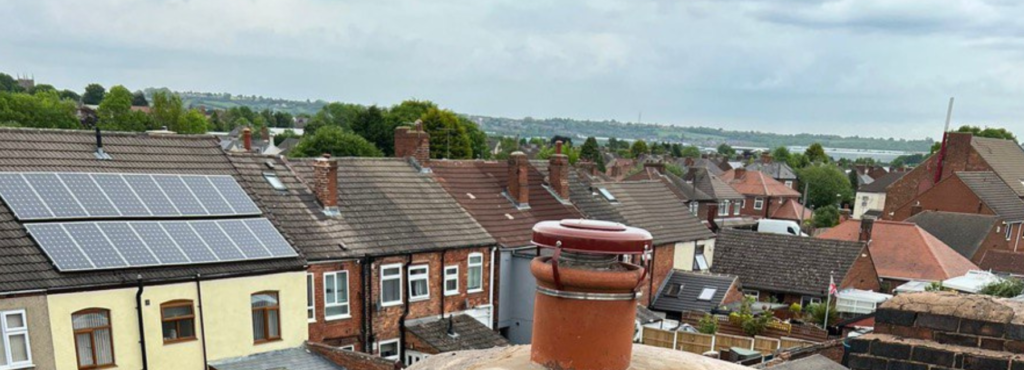Introduction
Pitched roofs are a classic feature of British homes, especially across the varied properties found in Southampton and the wider Hampshire area. Known for their charm and practicality, these sloped roofs are built to shed water efficiently and withstand the British weather. But like any part of your home, pitched roofs aren’t immune to wear and tear. Over time, minor issues can crop up—loose tiles, small leaks, cracked mortar—and if ignored, they can escalate into major, costly repairs.
At Southampton Roofing Repairs, we’ve helped homeowners tackle everything from a single slipped tile to full-scale structural challenges. This guide outlines how to recognise and respond to both small and significant problems on a pitched roof—before they turn into something much bigger.
Common Minor Issues and How to Handle Them
1. Slipped or Broken Tiles
A few tiles out of place may not seem urgent, but even small gaps can allow water into the roof structure.
- What to do: Replace damaged or missing tiles as soon as possible.
- Signs to watch for: Visible gaps, debris on the ground, damp patches in the loft.
2. Moss and Algae Build-Up
Moss retains moisture, which can degrade tiles over time and encourage water pooling.
- What to do: Safely remove moss and clean the roof with suitable treatments.
- Signs to watch for: Green patches, blocked gutters, slow drainage.
3. Loose Mortar on Ridges or Verges
Mortar holds tiles in place at the ridge and edges. If it starts to crumble, tiles may loosen or fall.
- What to do: Repoint the mortar or use dry ridge systems as an alternative.
- Signs to watch for: Cracked ridge lines, loose tile edges, debris around the base of the home.
More Serious Structural Problems
1. Persistent Leaks and Water Ingress
Leaks are one of the most common issues with pitched roofs. Left unaddressed, they can damage insulation, timber, and internal walls.
- What to do: Locate the source immediately—this may involve inspecting flashings, valleys, and tile overlaps. Repairs may include replacing underlay or structural supports if soaked.
- Signs to watch for: Staining on ceilings, musty smells, visible drips during rain.
2. Sagging Roof Sections
A visibly sagging roof could indicate underlying problems with the rafters or support beams, often due to water damage or excessive weight from moss or snow.
- What to do: Seek immediate professional assessment. Structural repairs may be needed, including reinforcement or partial rebuild.
- Signs to watch for: Uneven roof lines, bouncing ceilings inside, internal cracks.
3. Chimney or Flashing Damage
The joints between chimneys and pitched roofs are prone to leaks if flashing becomes worn, dislodged, or corroded.
- What to do: Replace or re-bed flashing and repoint chimney stacks if required.
- Signs to watch for: Water marks near chimneys, visible gaps around flashing, internal damp in adjacent rooms.
When to Act
A proactive approach always saves money in the long run. Even minor damage should be taken seriously:
- After storms or heavy rainfall
- If you notice interior damp or mould
- When buying or selling a property
- During regular seasonal maintenance
Conclusion
Pitched roofs are incredibly durable, but only when properly maintained. Whether it’s replacing a few cracked tiles or resolving a more serious sag or leak, prompt action protects both the roof structure and your home’s overall value.
At Southampton Roofing Repairs, we specialise in identifying and resolving pitched roof issues efficiently and professionally. If you’re unsure whether your roof needs attention—or you know it does—get in touch with us today. We’re here to help you protect your home, one tile at a time.
Call us on: 023 8235 1781
Click here to find out more about Southampton Roofing Repairs
Click here to complete our contact form and see how we can help with your roofing needs.

